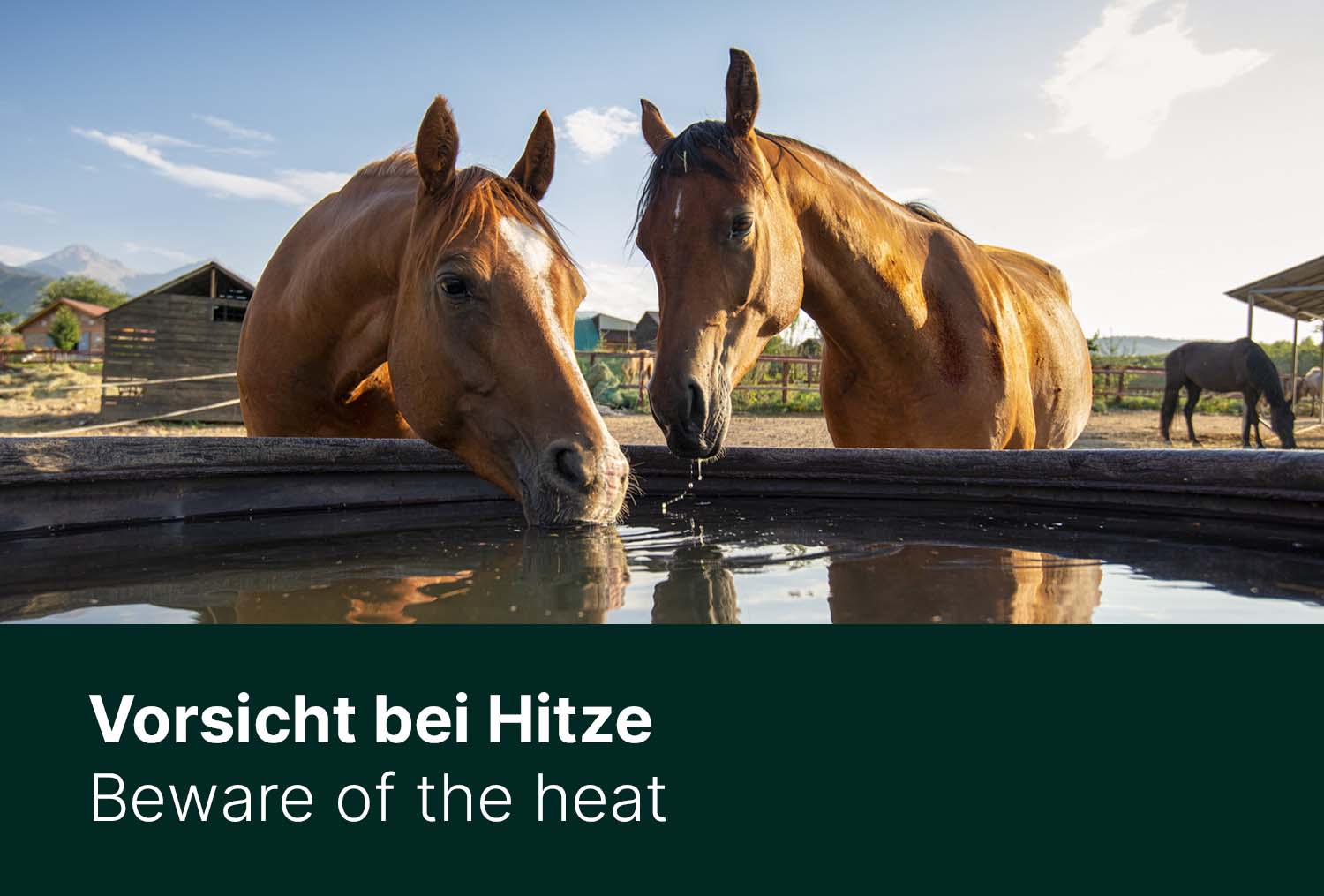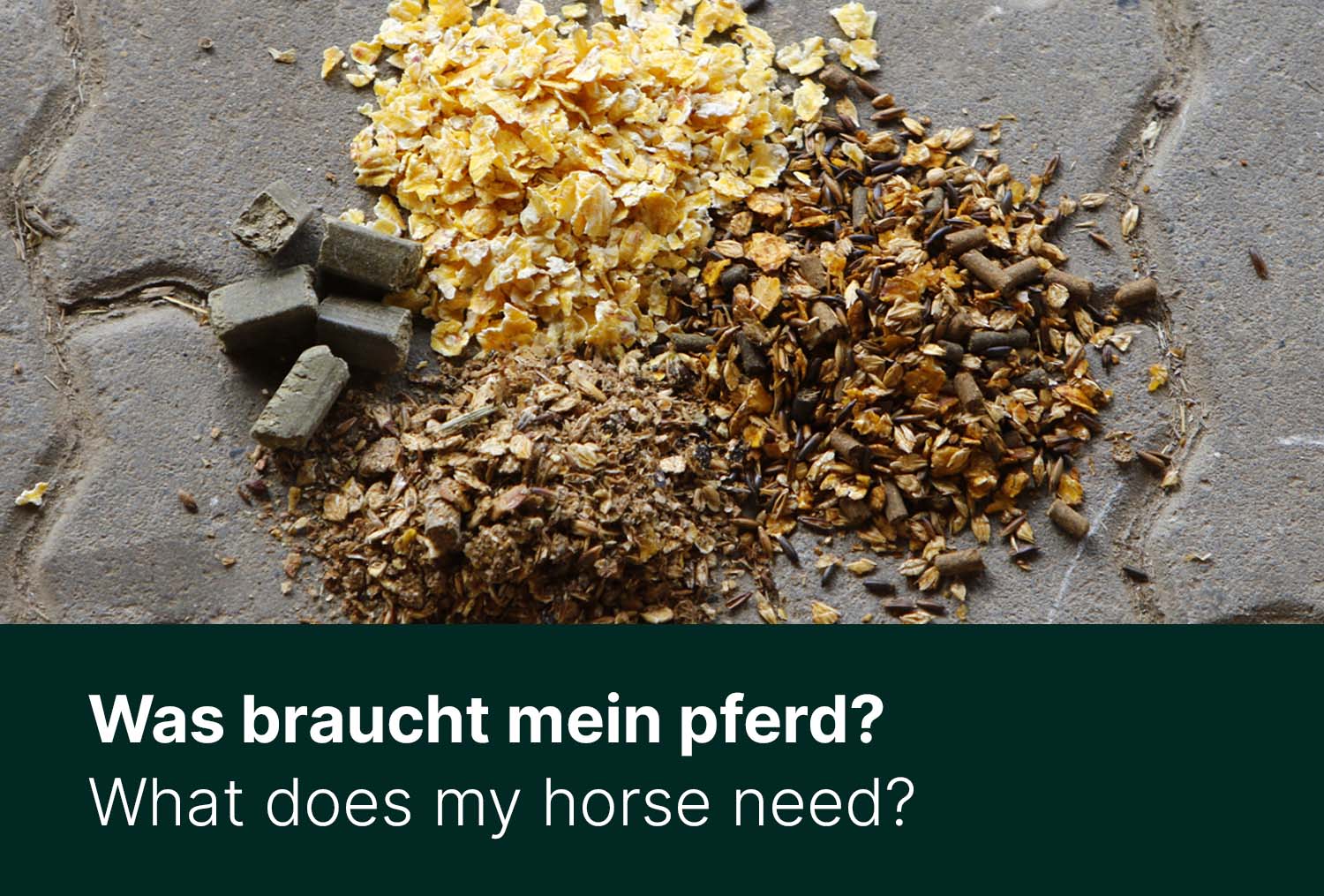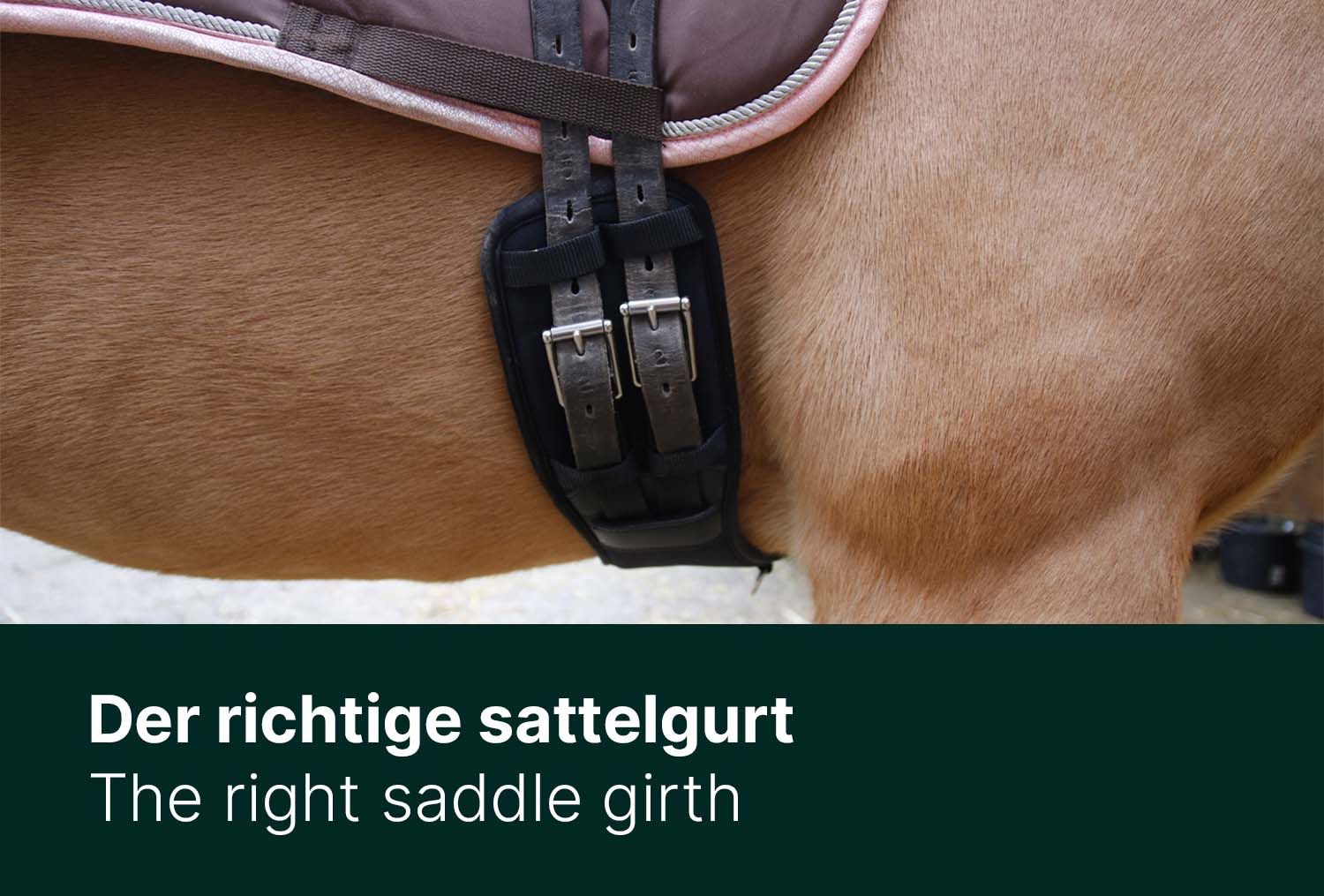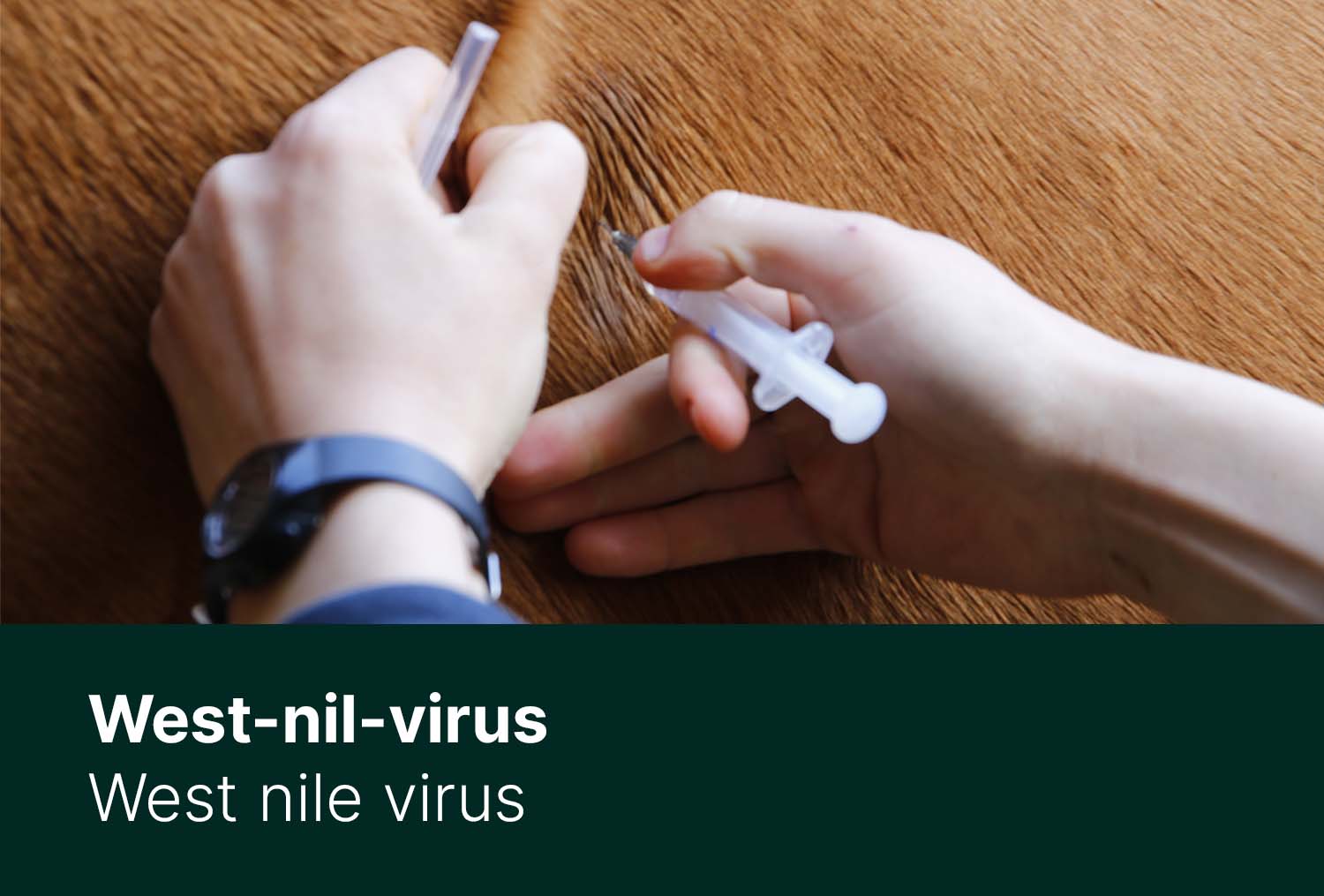Horses suffer much more than expected during the heat period. Even during light work, the body temperature of the horses can rise to a damaging level. Especially, warm and humid air is downright dangerous. We'll clarify the biggest mistakes and provide valuable tips to get your horses through the heatwave.
Errors of horse keeping - the horse as a steppe animal
The claim that horses are adapted to the heat due to their evolutionary descent as a steppe animal is persistent. However, the then steppe animal horse can not be compared with today's domesticated breeds. It goes without saying, there are some breeds, which live in desert regions. However, these are very old breeds that have adapted admirably to their habitat over a period of several centuries. Our domesticated horses — especially in our latitudes — are not used to intense heat and therefore suffer more than their relatives. The breed, the age and the coat color play a crucial role in the heat perception. For example, most breeds of ponies are more sensitive to warmth than warm-blooded animals. Especially unique breeds, like Tinker, Icelandic or Dartmoor ponies are particularly endangered during hot weather. In addition to the breed, the coat color plays a significant role. Everyone knows dark colors attract the sun. We can dress in lighter clothes, but our horses have to cope with their coat color. Black and dark brown horses overheat much faster than their lighter counterparts and need more attention on hot days. Age is equally crucial. Therefore, the skin of foals is almost defenseless, since the coat is not as thick and insulating as that of older horses. But old horses are also bothered by the heat. The coat change does not work properly, and the cardiovascular system is unprepared for hot temperatures. Especially risk candidates should not dwell too long in the blazing sun - pasture or no.

Horses and Heat
- Proportion of active muscles
Predominantly, our perception of heat cannot be compared with that of horses. While we might experience 25 degrees in the sun to be pleasant, the horse's body temperature may already be damagingly high even during light work. Horses have a much larger number of active muscles due to their size. Many muscle parts are, as in humans too, continuously active. If the muscles are now used, they generate additional heat. The muscles that are under heavy strain start to sweat. During exercise, sweating is, a reliable indication of the condition and activity of individual muscle groups. On the other hand, if the horse sweats first on the neck and chest, the hindquarters are less active and the load rests on the forehand - the horse is physically not extremely good during the training. It also follows that especially these horses are barely able to put off the heat compared a well-conditioned horse, as the cardiovascular system is consequently not properly trained.
- Body temperature and exercise
Even during light work and temperatures of over 25 degrees, the body temperature can rise up 3 degrees. When the temperature rises to around 40 degrees, the proteins in the blood can denature - it threatens kidney failure, colic and circulatory collapse. Correspondingly, horses overheat much faster than humans. According to scientific studies, the body temperature increases by 2.8 degrees after 20 minutes of training. A human would have had to physically train for at least 2 1/2 hours to increase the body temperature by 2.8 degrees.
- Sweating and cooling by evaporation
The horse offers a high evaporation surface due to its size and normally releases up to 20 liters of sweat during heavy exercise, the amount can rise to over 30 liters in the time of hot temperatures even without training. It is virtually impossible to compensate for this enormous loss and additionally absorb enough fluid to carry on the body's own functions. Additionally, horses can only cool off through about 30% of their sweat. In comparison, for humans, it is about 50% of sweat that can be used to cool down the body.Especially during tropical and humid temperatures the danger of overheating increases. If the outside air is already saturated with water molecules, the evaporation mechanism can no longer function. The warm sweat runs down the horse's body without achieving a cooling effect. The horse is essentially moving in a warm bubble and can not cool off.
- Sunstroke is possible for horse
In opposition to popular opinion, horses can get a sunstroke. There is not only a risk during enormous heat but already at lower temperatures in direct sunlight, the brain can swell considerably and override bodily functions or cause severe damage. Tumbling, disorientation and apathy represent the first signs of a sunstroke. The horses mane should not be braided during elevated temperatures, as it provides a natural protection against direct sunlight on the horse's head. Especially horses with little or no mane are at risk, due to the lack of natural protection. Important for the prevention is a suitable shadow area where the horses can withdraw to.


Prevent heat problems
- Water
Good prophylaxis is especially meaningful during the long-lasting heat period. Most importantly, the horses should have enough liquid available. But a water trough is not enough, because horses like drinking 70 liters on hot days and some of them also enjoy to play with the water. Therefore, it is advisable to offer as many watering places on the pasture. The liquid should not be too cold, otherwise colic and abdominal pain can be the result.

- Shadow
Another crucial factor is the shadow. Shadow should be present in sufficient size on the pastures. Pastures without shade should be prevented altogether on humid days. In the shade, the horses should find the water and their feeding grounds. If a horse had to choose between lush grass and shade, it would prefer grass.

- Adjust the movement
The movement and work of the horse must be adapted to the weather. Disregarding if we consider 25 degrees to be pleasant, the body temperature of horses rises considerably even during light work. On such days, especially walks in the cold forest or in the mostly cooler indoor riding area are advisable. Intensive training under the sun should be prevented, if possible. Otherwise, the rider still has the opportunity to use the very early morning hours. In the evening it is much cooler, but most of the horses are still exhausted and heated by the day. On days where it is particularly hot and humid, there should be not training sessions; the risks are too high.
- Cooling down
Like us, most horses enjoy a refreshing shower. The shower should be initiated on the hind legs and from there gradually the entire horse. But watch out for the ears! Thereafter, the water should be extracted with a sweat scraper, before the horses are put on the gazing land. Drops of water on the fur can bundle the sun's rays and heat it up rather than cool it. Even cool hoof baths are optimally suited to give the horse a pleasant cooling.
- Balancing the mineral metabolism
Due to heavy sweating, the body loses essential minerals and trace elements that are vital for bodily functions. After intense exertion or enormous loss of perspiration, additional electrolytes should be added, which replenish the body's own reservoirs.
In case of emergancy
Heat stroke, sunstroke and dehydration are ALWAYS an emergency and require medical attention. Signs of heat stroke can be:
- increased respiratory rate
- widened nostrils and open mouth
- the horse looks apathetic and shaky
- greatly increased body temperature
- increased perspiration
- Tired up or circulatory collapse
If the horse is already overheated, it needs quick and professional help - contacting a veterinarian is essential to prevent further damage. The most crucial thing is to escort the horse in the shade and to hang wet, cool towels or blankets over his back and neck. Water should never be served ice cold, but always tempered. If the horse is already lying on the ground due to circulatory collapse, neither water nor food should be given - the swallowing reflex may be impaired by now. Additional weaving with fresh air may favor a fall of the body temperature.










Oil as a Part of Horse Nutrition
Lifehacks for the Stable